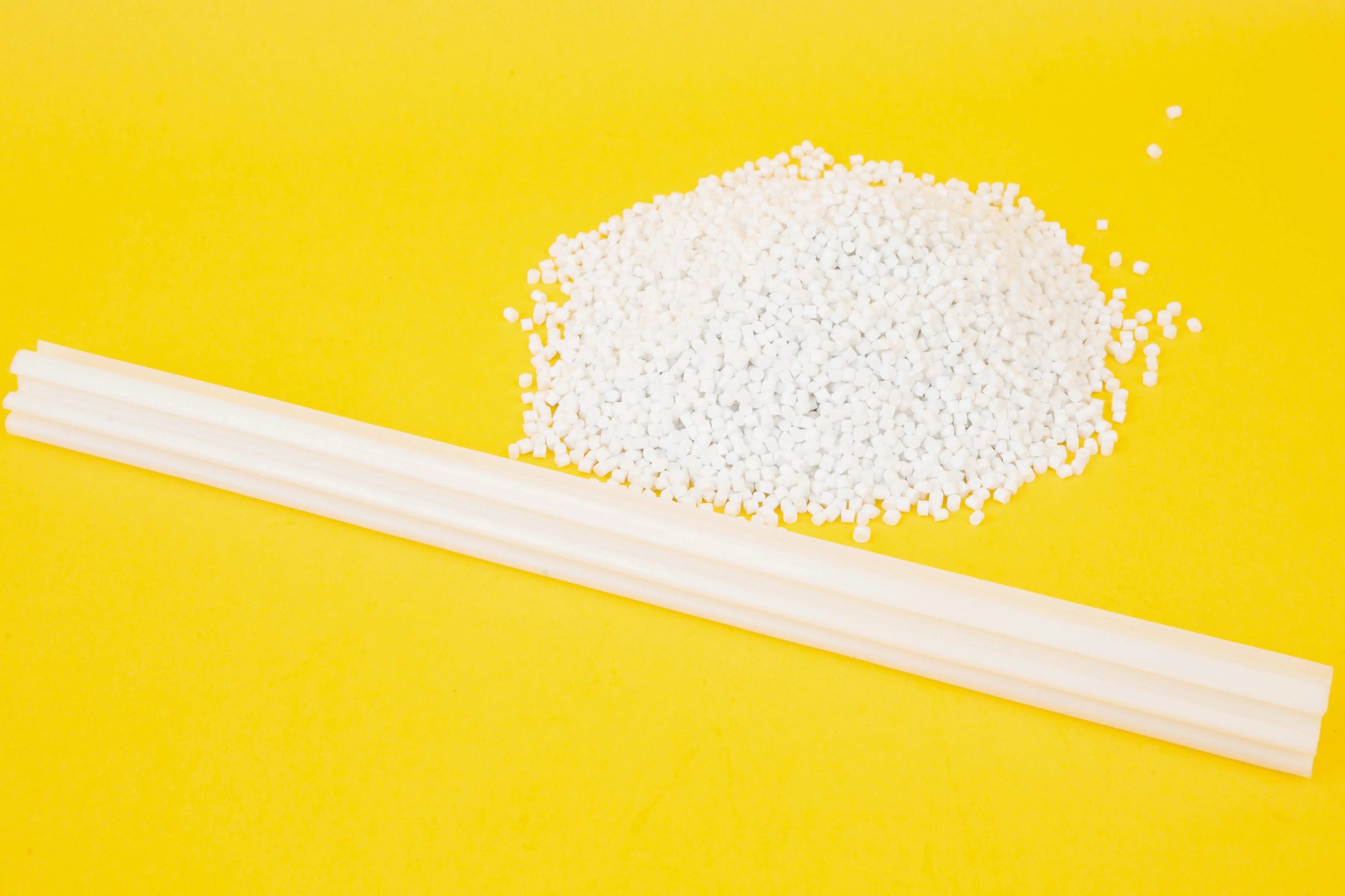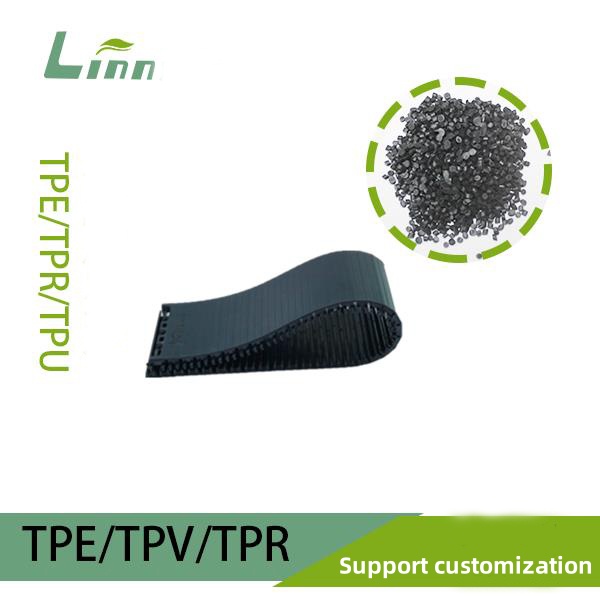Thermoplastic Elastomers (TPEs) are like the superheroes of the materials world—flexible, tough, and ready to adapt to almost any challenge. As someone who’s spent years working with polymers in manufacturing plants, I’ve seen TPEs transform industries, from car parts to medical devices, with their unique blend of rubber-like elasticity and plastic-like processability. These materials aren’t just versatile; they’re game-changers. This article dives deep into the advantages of TPEs, blending real-world insights with practical examples to show why they’re a go-to choice for innovators and manufacturers alike. Whether you’re a product designer, engineer, or just curious, buckle up for a journey into why TPEs are stealing the spotlight.

Understanding the User’s Intent
When someone searches for “advantages of TPE materials,” they’re likely exploring material options for a project, weighing TPEs against alternatives like rubber or traditional plastics. They might be a designer seeking cost-effective solutions, a manufacturer troubleshooting production challenges, or a student researching for a project. Their core need? Clear, reliable information on why TPEs stand out, backed by expertise and real-world applications. They want to know how TPEs can solve problems like high costs, complex processing, or environmental concerns. With this in mind, let’s explore the standout benefits of TPEs, infused with practical tips and a touch of passion for materials science.
What Are TPEs? A Quick Primer
Imagine a material that stretches like rubber but molds like plastic. That’s TPE in a nutshell. Thermoplastic Elastomers combine the elasticity of rubber with the easy processing of thermoplastics, making them a dream for manufacturers. They come in various types—like styrenic block copolymers (SBCs), thermoplastic polyurethanes (TPUs), and copolyesters (COPEs)—each tailored for specific needs. From the soft grip on your toothbrush to the flexible seals in your car, TPEs are everywhere. But what makes them so special? Let’s break it down.
Key Advantages of TPE Materials
1. Versatility: The Shape-Shifter of Materials
TPEs are like the Swiss Army knife of polymers. They can be soft as a baby’s skin or tough enough to handle industrial stress. This adaptability makes them a favorite across industries.
Wide Hardness Range: TPEs come in hardness levels from super-soft (Shore 00) to semi-rigid (Shore D), letting designers tailor products to exact needs. Think of a soft yoga mat versus a sturdy car bumper—TPEs can do both.
Customizable Properties: Additives can tweak TPEs for UV resistance, flame retardancy, or even food-grade safety. I’ve worked with TPEs that were reformulated overnight to meet a client’s specific color and texture demands.
Applications Galore: From medical tubing to phone cases, TPEs fit into automotive, healthcare, consumer goods, and more. Their ability to mimic rubber while being moldable is a manufacturer’s dream.
2. Ease of Processing: A Manufacturer’s Best Friend
Processing TPEs feels like a breeze compared to traditional rubber. They flow smoothly in injection molding or extrusion, saving time and money.
No Vulcanization Needed: Unlike rubber, which requires lengthy curing, TPEs are ready to go once cooled. This cuts production time dramatically—I’ve seen plants double output by switching to TPEs.
Recyclability in Processing: Scrap TPE can be reground and reused without losing quality. In one factory I visited, this slashed material waste by 20%.
Compatibility with Equipment: TPEs work with standard plastic processing machines, so no need for costly new gear. It’s like upgrading your car’s engine without buying a new car.
3. Cost-Effectiveness: More Bang for Your Buck
In a world where every penny counts, TPEs deliver serious value. They balance performance with affordability, making them a smart choice for budget-conscious projects.
Lower Processing Costs: Faster cycle times and no curing mean lower energy bills. I’ve seen manufacturers grin ear-to-ear when they realize the savings.
Material Efficiency: TPEs often require less material than rigid plastics for the same job, thanks to their flexibility. Think thinner walls, less weight, and more savings.
Durability Reduces Replacements: TPEs resist wear, chemicals, and weathering, so products last longer. A TPE car seal can outlive its metal counterpart, saving on repairs.

4. Environmental Friendliness: A Step Toward Green
Sustainability isn’t just a buzzword—it’s a responsibility. TPEs shine here, offering eco-friendly options that don’t skimp on performance.
Recyclability: TPEs can be melted and reformed multiple times without degrading. I once toured a plant that recycled 90% of its TPE scrap into new products.
Bio-Based Options: Some TPEs are made from renewable sources like corn or sugarcane, reducing reliance on fossil fuels. It’s like giving the planet a high-five.
Lower Energy Use: Their easy processing consumes less energy than vulcanized rubber or rigid plastics, cutting the carbon footprint.
5. Comfort and Aesthetics: A Sensory Delight
TPEs don’t just perform—they feel good and look great. They’re the secret sauce behind products that are a joy to touch and use.
Soft-Touch Feel: TPEs give products a grippy, comfortable texture. Ever held a premium phone case that feels just right? That’s TPE at work.
Color and Clarity Options: TPEs can be dyed in vibrant colors or made transparent for sleek designs. I’ve seen TPEs turn plain medical devices into visually appealing tools patients trust.
Noise Reduction: Their elasticity dampens vibrations, making products quieter. Imagine a car door seal that silences road noise—pure bliss.
6. Chemical and Weather Resistance: Built to Last
TPEs are like the tough kid on the playground—they can take a beating and keep going. They stand up to harsh conditions that would crumble lesser materials.
Chemical Resistance: Many TPEs shrug off oils, greases, and solvents. This makes them ideal for automotive and industrial uses where exposure is constant.
Weather Durability: UV-resistant TPEs hold up in sun, rain, or snow. I’ve seen TPE outdoor furniture seals last years without cracking.
Temperature Tolerance: Some TPEs perform from -50°C to 120°C (-58°F to 248°F), perfect for extreme environments.
7. Lightweight Design: Less Weight, More Wins
In industries like automotive and aerospace, every gram matters. TPEs are lightweight champs, reducing weight without sacrificing strength.
Fuel Efficiency: Lighter TPE parts in cars improve gas mileage. A single TPE component swap can save kilograms over a vehicle’s lifetime.
Ease of Handling: Lightweight TPE products are easier to transport and assemble. I’ve watched workers handle TPE parts with ease compared to clunky metal alternatives.
Design Flexibility: Their low density allows for thinner, lighter designs that still hold up under stress.
TPE Advantages at a Glance
Here’s a concise table summarizing the key benefits of TPEs, perfect for quick reference:
|
Advantage |
Key Benefit |
Industry Example |
Impact |
|---|---|---|---|
|
Versatility |
Wide range of hardness and properties |
Medical tubing, car seals |
Fits diverse applications |
|
Ease of Processing |
No curing, recyclable scrap |
Injection-molded grips |
Cuts production time and costs |
|
Cost-Effectiveness |
Lower material and processing costs |
Consumer electronics |
Boosts profitability |
|
Environmental Friendliness |
Recyclable, bio-based options |
Packaging materials |
Reduces environmental impact |
This table captures the essence of why TPEs are a go-to choice, whether you’re designing a new product or optimizing a production line.
A Personal Take: Why I Love Working with TPEs
I remember my first encounter with TPEs in a bustling factory. The team was struggling with a rubber component that took forever to cure and cost a fortune to replace when it failed. Switching to TPE was like flipping a switch—faster production, happier workers, and a product that felt better in the hand. TPEs have a knack for solving problems you didn’t even know you had. Their ability to balance performance, cost, and sustainability feels almost magical. Every time I see a TPE product in action—whether it’s a comfy shoe sole or a durable medical seal—I’m reminded why I’m passionate about this field.

Real-World Applications: TPEs in Action
To bring this home, let’s look at a few examples where TPEs shine:
Automotive: TPE seals in car doors withstand years of slamming, weather, and oil exposure. They’re lighter than rubber, saving fuel and reducing emissions.
Medical: TPE tubing in IV lines is flexible, biocompatible, and easy to sterilize. It’s a lifesaver in hospitals, literally and figuratively.
Consumer Goods: That soft-grip handle on your kitchen knife? Likely TPE, offering comfort and safety without breaking the bank.
Sports Equipment: TPE shoe soles provide cushioning and durability, letting athletes focus on performance, not foot pain.
These examples show TPEs aren’t just materials—they’re solutions to real-world challenges.
Challenges and Considerations
No material is perfect, and TPEs have their quirks. Some grades can be pricier than basic plastics, and certain formulations may not handle extreme heat as well as metals. But here’s the thing: with proper selection and design, these limitations are often negligible. Choosing the right TPE grade is like picking the perfect tool for a job—it makes all the difference. Work with suppliers to match the TPE to your needs, and you’ll unlock its full potential.
The Bigger Picture: Why TPEs Matter
TPEs aren’t just about technical specs; they’re about enabling innovation. They let designers push boundaries, create products that feel good, and meet modern demands for sustainability. In a world where consumers and regulators alike demand more—more durability, more eco-friendliness, more value—TPEs deliver. I’ve seen companies transform their product lines and bottom lines by embracing TPEs, and it’s a reminder of how materials can shape the future.

Frequently Asked Questions (FAQs)
Q: How do TPEs compare to traditional rubber?
TPEs offer similar elasticity but are easier to process and recycle, cutting costs and time. Rubber often requires vulcanization, which TPEs skip entirely.
Q: Are TPEs safe for medical applications?
Many TPEs are biocompatible and meet FDA or USP Class VI standards, making them ideal for medical tubing, seals, and devices.
Q: Can TPEs be used in outdoor products?
Yes, with UV-resistant additives, TPEs handle sun, rain, and temperature swings like champs. Think outdoor furniture or car exterior parts.
Q: Are TPEs more expensive than plastics?
Some TPEs cost more upfront, but their processing ease and durability often save money in the long run. It’s about total value, not just sticker price.
Q: How sustainable are TPEs compared to other materials?
TPEs are recyclable and can be bio-based, giving them an edge over non-recyclable rubbers or high-energy plastics. They’re a solid step toward greener manufacturing.
Final Thoughts
TPEs are more than just a material—they’re a bridge between performance and possibility. Their versatility, ease of processing, cost-effectiveness, eco-friendliness, comfort, durability, and lightweight nature make them a standout choice for countless applications. As someone who’s watched TPEs revolutionize products and processes, I can’t help but feel excited about their potential. Whether you’re designing the next big thing or optimizing a production line, TPEs offer a world of advantages. Embrace them, and you’ll see why they’re the unsung heroes of modern manufacturing.





